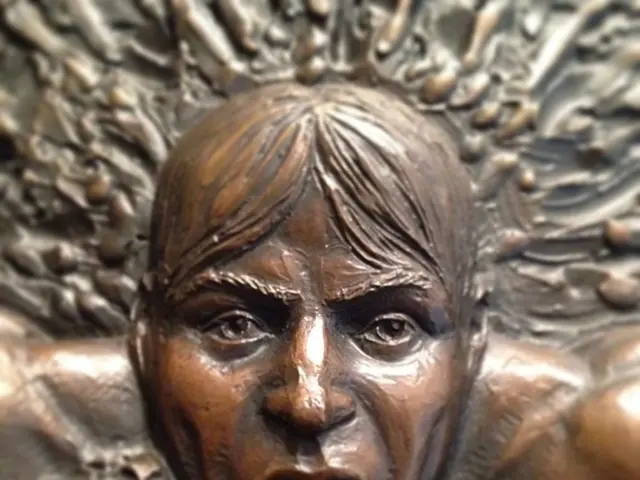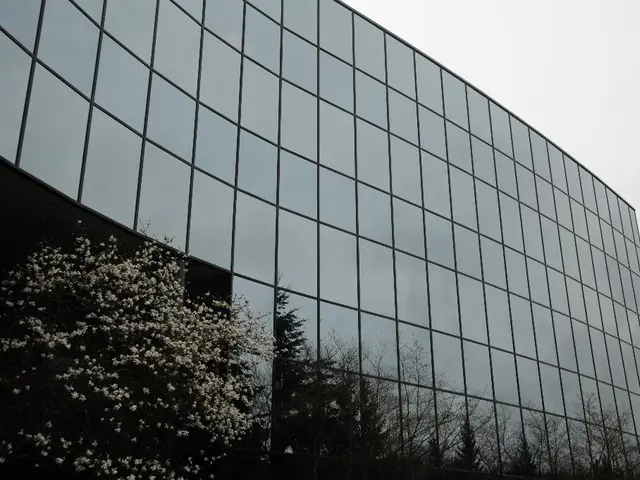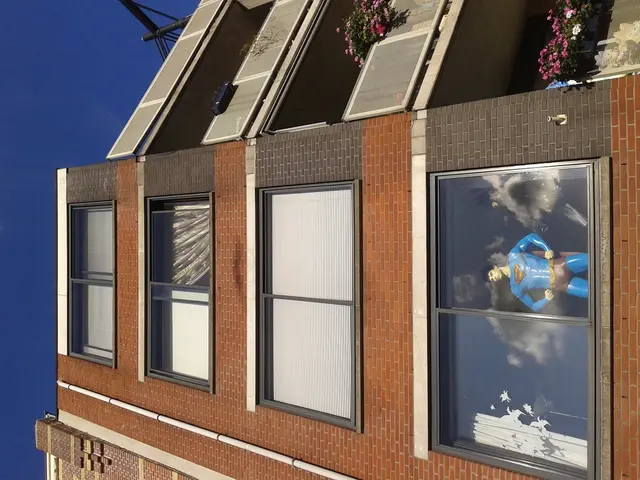Pioneering architects from Los Angeles, now advanced in age, reflect upon the groundbreaking art scene of Venice Beach that challenged norms.
Rebel Architects: A Pivotal Moment in Los Angeles' Architectural History
A 12-part documentary series, titled "Rebel Architects: From Venice to the World Stage," has been streaming monthly on FORT: LA's website since July 2021. The series, directed by Russell Brown, delves into the lives and careers of seven Los Angeles architects who, in 1980, were captured in a groundbreaking group portrait by photographer Ave Pildas. These architects, known as the "Rebel Architects," include Frank Gehry, Thom Mayne, Eric Owen Moss, Coy Howard, Craig Hodgetts, Robert Mangurian, and Frederick Fisher.
The documentary series explores the layers of meaning in the 1980 image and the unfolding stories that followed. Each episode sheds light on how these architects challenged conservative architectural norms with brash creativity and experimental designs, particularly in Venice Beach, L.A. The series delivers a sense of accessible joy and exploration, capturing the spirit of risk, freedom, and rebellion that characterized this pivotal moment in L.A.'s creative history.
Careers and Significant Impacts
The careers of these architects have been marked by groundbreaking work and leadership in architecture, education, and urban revitalization. Frank Gehry, a Pritzker Architecture Prize winner, is one of the most internationally recognized architects, known for his deconstructivist style and landmark projects like the Guggenheim Museum Bilbao. His work helped shape a new architectural vocabulary that combined sculpture and function, influencing global architecture trends.
Thom Mayne, another Pritzker Prize laureate, co-founded Morphosis Architects and became known for innovative, futuristic, and often controversial designs. He served as a leader in architectural education and contributed to expanding what architecture could be in a postmodern, technology-driven era.
Eric Owen Moss, known for pushing architectural boundaries with experimental forms and materials, focused on revitalizing industrial spaces in L.A., helping to create a vibrant design culture in areas like Culver City. Craig Hodgetts and Robert Mangurian collaborated on projects that incorporated modernist principles with playful, artistic elements, contributing to the cultural fabric of Los Angeles architecture and influencing residential and public buildings.
Frederick Fisher focused on contextual and elegantly simple designs, contributing to a more humanistic approach to modern architecture in Los Angeles. Coy Howard, less documented in popular accounts, still contributed to this influential group that rebelled against convention, adding to the collective spirit of innovation and experimentation.
Influence on L.A.’s Built Culture
The "Rebel Architects" helped place L.A. at the forefront of architectural innovation during a time when the city was rapidly changing culturally and physically. Their work introduced a sense of risk and freedom that diverged sharply from traditional architectural dogma, exemplified in their unusual mix of aesthetics ranging from deconstructivism to playful, accessible modernism.
They fostered an environment where architecture was seen as a form of joy, exploration, and rebellion, impacting not just building design but also urban cultural attitudes. This moment has been revisited and celebrated in recent documentaries and programs by FORT: LA, which aims to expose Angelenos to this rich architectural heritage through trails, fellowships, and public programming — all emphasizing the legacy of accessible and visionary design born from this group’s trailblazing spirit.
Film and photographic retrospectives, like Ave Pildas’ iconic 1980 photo, have helped immortalize this group not just as architects but as cultural rebels who reshaped how Los Angeles is perceived as a place for avant-garde architecture and innovative urbanism. The 1980 image has become a reference point in conversations about that period in L.A.'s creative history.
In a later image, Fisher is hugging Gehry's leg, and the others are huddled around. Gehry is not present in the reunion, but his presence is still felt. Four of the architects — now in their 70s and 80s — gathered for a new photo and an honest conversation about their early careers in L.A. for the documentary series.
Pildas, the photographer, was uniquely suited to capture the group due to his background in architecture, previous work with some of the architects, and social and professional connections with others. The architects in the 1980 image worked in garages and warehouses, forming their studios and collaborating with artists in the Venice scene, such as Larry Bell, James Turrell, Ed Ruscha, Fred Eversley, Robert Irwin, Robert Rauschenberg, and Jean-Michel Basquiat.
The Venice of the 1970s, with its low rents and abandoned charm, is no longer existent, but Moss suggests that creative ferment might now be happening in faraway places like Tehachapi. Hodgetts performs brilliant critiques of the others' work in the documentary series, while Moss opens up about his struggles to negotiate the demands of the practical world.
FORT: LA offers architecture trails, fellowships, and a variety of programming, including design competitions and architecture-themed wine tastings. The documentary series also explores how Gehry both influenced and often overshadowed the group. Pildas took out a joint during the first attempt at the photo, which helped to loosen up the architects.
Pildas was also chronicling the city's street culture during the same period, which is featured in the 2023 documentary "Ave's America." The challenges of maintaining originality, the crucial role of journalists in promoting their work, and the maddening disconnect between L.A.'s talent and its clients are discussed in the series.
In summary, the careers of these architects have been marked by groundbreaking work and leadership in architecture, education, and urban revitalization, collectively transforming Los Angeles into a hub of architectural creativity and signaling a broader shift in American architectural culture. Their legacy continues to influence the city’s built environment and cultural identity today.
- The Pritzker Architecture Prize-winning architect Frank Gehry, known for his deconstructivist style, has influenced global architecture trends with his landmark projects like the Guggenheim Museum Bilbao.
- Thom Mayne, another Pritzker Prize laureate and co-founder of Morphosis Architects, is recognized for innovative, futuristic designs and contributions to architectural education during the postmodern era.
- Eric Owen Moss, an architect who pushes architectural boundaries, focused on revitalizing industrial spaces in L.A., helping to create a vibrant design culture in areas like Culver City.
- Craig Hodgetts and Robert Mangurian collaborated on projects that incorporated modernist principles with playful, artistic elements, contributing to the cultural fabric of Los Angeles architecture.
- Frederick Fisher focused on contextual and elegantly simple designs, adding to a more humanistic approach to modern architecture in Los Angeles.
- FORT: LA, an organization that offers architecture trails, fellowships, and programming, aims to expose Angelenos to the rich architectural heritage born from the trailblazing spirit of the 1980 "Rebel Architects."
- The "Rebel Architects" contributed to L.A.’s cultural identity, making it a hub for avant-garde architecture and innovative urbanism, a legacy that remains influential in the city's built environment today.




